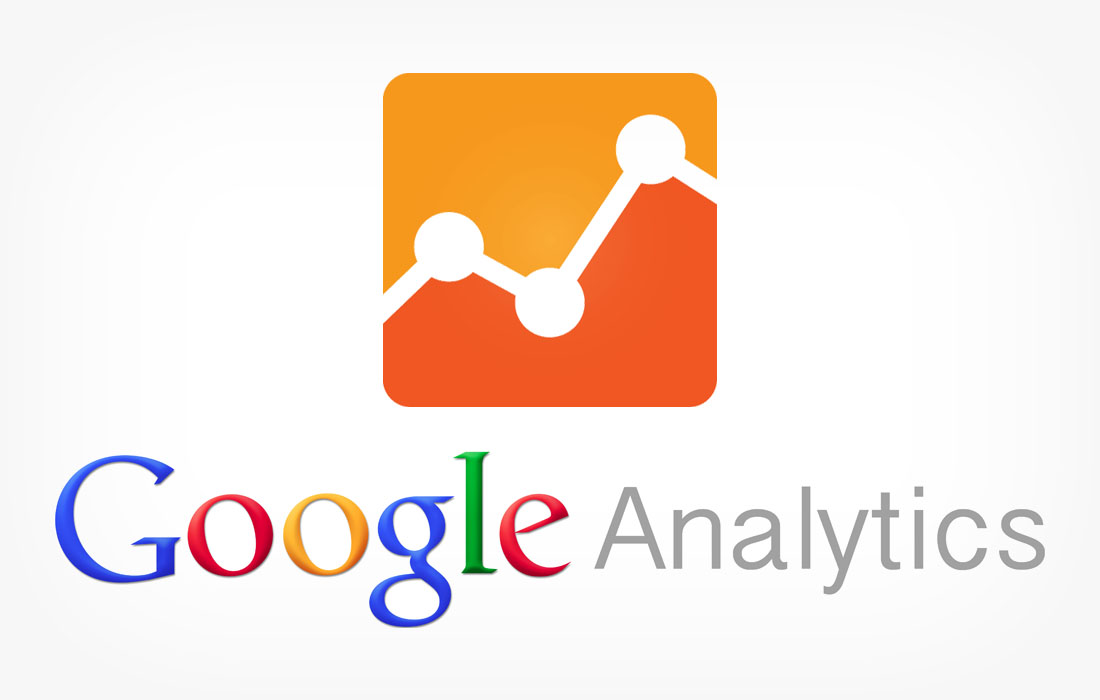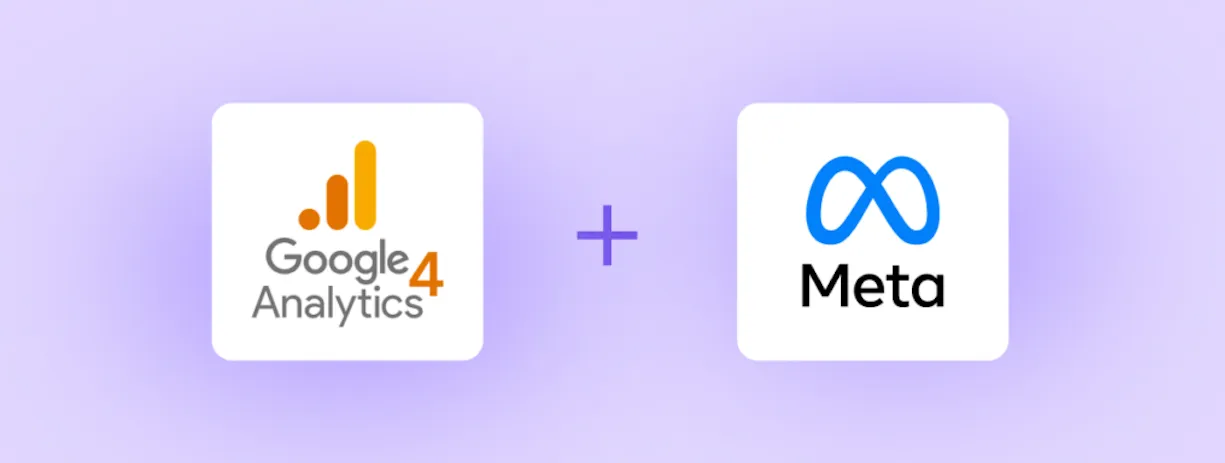Google Analytics (GA) is a tool offered by Google that generates detailed statistics about the visitors to a website. It shows you how people found your site and how they explored it thus giving you rich insights into your website traffic. This blog post is a step by step introduction to understanding and interpreting your Google Analytics data.
Basic Google Analytics Data
Under Reports, you will see your overall site usage data as follows:
1. Visits: The number of times someone interacted with your website.
2. Bounce Rate: The percentage of those visits that instantly left your site, that is did not visit more than one page on your site.
3. Page Views: The number of pages viewed during those visits
4. Average Time on Site: Tells you on average how long a visitor stayed on your site.
5. Pages per Visit: The average number of pages viewed during those visits. It is calculated by dividing Total Page Views by Total Visits.
6. Percentage of New Visits: The percentage of new visitors to your site out of the total visitors.
Traffic Sources
The Traffic Sources shows how people arrived at your site.
1. Direct Traffic: Also known as default traffic, includes people who typed in your website URL in a web browser or clicked on a bookmark.
2. Referring Sites: These are websites sending traffic to your website through banner ads or any other kind of links which could be blogs or affiliates who link to you. This is a great way of identifying websites you did not know about but which are sending you high volume of traffic. You can visit the referring pages and see why they are sending you traffic. You might even consider establishing a marketing relationship with the best referring sites to further increase the traffic flow.
3. Search Engines: This is traffic coming from different search engines like Google, Yahoo, Bing, Ask and others. This traffic source will include both organic search traffic (non paid search results) as well as pay per click traffic (paid search results). This will help you understand which search engine is working for you and why. This section in Google Analytics will also help you identify top performing keywords in terms of visits and bounce rates. If you are advertising on Google, you can add keywords with high visit numbers and low bounce rate to your campaigns in order to increase traffic to your site from paid search.
Content
This section provides an overview of page view volume and lists the pages that were most responsible for driving page views. Entrance Points allows you to monitor the bounce rates for your most important landing pages.
1. Top Landing Pages: This shows how many people are entering on each page of your website. The bounce rate column gives you an indication of how engaging each page is. The top 10 landing pages with high bounce rates needs to be reviewed and updated. By updating those pages you would increasing the likelihood that visitors will go deeper into your website which could result in higher number of leads or sales.
Ecommerce
The ecommerce overview gives you a quick snapshot of your ecommerce website from conversion rate to your average order value to the number of products you sold online.
1. Average Order Value: This report can help you understand a key performance trend. Tracking changes to the average order value over time is important as you can monitor this metric to see if cross promotions are working.
2. Transactions: This gives you a summary of your ecommerce performance and also shows the individual transactions on your website.
3. Visits to purchase: This shows how long it takes for visitors to purchase on your website. Understanding your sales cycle is important to the overall success of your site. This report helps you understand how many visits it takes to convert your visitors into customers.
Goals
A goal is a website page which a visitor reaches once they have made an enquiry or once they have completed another desired action, for example a visitor signs up for a newsletter. Goal tracking is usually set for non ecommerce sites.
Google Analytics is a very important tool which helps you understand visitors’ behaviour on your website and how your website performs. Using this data wisely should help you improve your website’s performance and increase number of leads and sales.
By Manesh Ram, Digital Marketing Specialist. Please follow @maneshram & Meta








